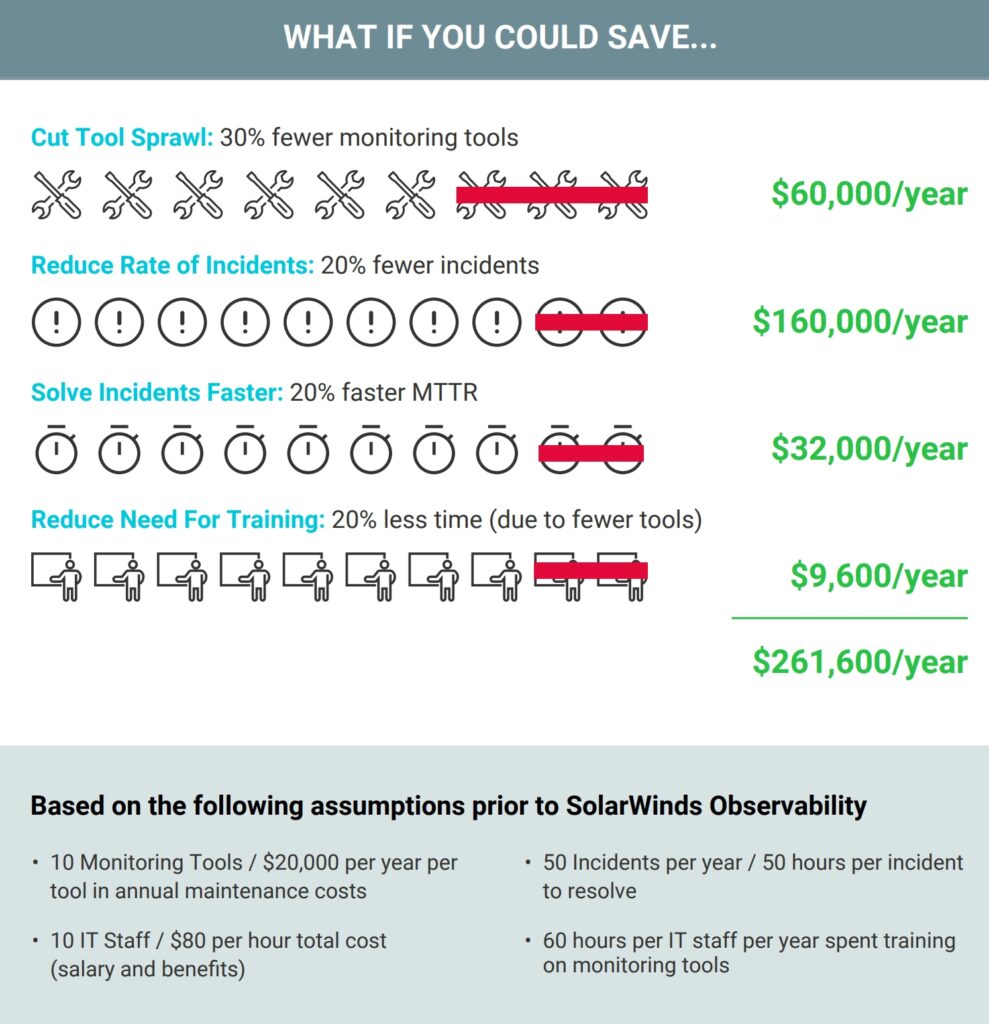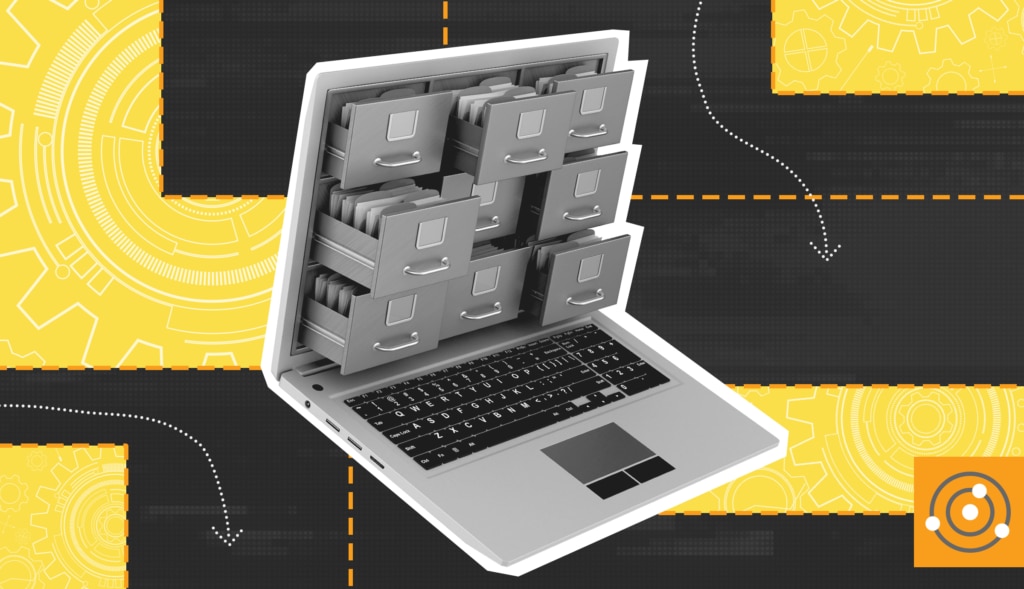To keep up, many IT teams have accumulated a vast array of monitoring products—one for infrastructure, another for applications, another for networks, and yet another for the cloud. This tool sprawl feels productive, but it often exacerbates the very problems it's meant to solve — keeping an increasingly complex IT environment healthy and performing at a high level with limited resources.
The Challenge: The Hidden Costs of Tool Sprawl
When every domain has its own monitoring solution, you're not just paying for multiple software licenses. The real costs run much deeper and can silently drain your budget and your team's efficiency.
- Fragmented Visibility: Your data is siloed. When an incident occurs, teams are forced to swivel between different dashboards, trying to piece together a puzzle with incomplete information. This leads to slower response times and extended outages.
- Rising Maintenance Costs: Each tool requires its own maintenance, updates, and expertise. For instance, a company might have 10 different monitoring tools, each with annual maintenance costs of $20,000. That’s a significant, recurring expense before you even begin to calculate the ROI.
- Increased Training Overhead: Your staff must be trained on multiple, disparate systems. This pulls them away from strategic initiatives and adds to operational overhead. An IT staff member might spend 60 hours per year just on training for various monitoring tools.
- More Frequent Incidents:Without a unified view, it’s easy to miss the early warning signs of a system-wide issue. Small problems in one area can cascade into major incidents because no single tool sees the full picture, leading to a higher rate of costly business disruptions. In fact, our 2025 IT Trends Report found that the single biggest pain point resulting from critical outages is damage to customer experience. Over a quarter of respondents also report lost revenue from these issues.
The Solution: Unify and Conquer with Full-Stack Observability
The answer is a strategic shift toward a unified platform. A true full-stack observability solution breaks down silos by integrating data from across your entire environment—from the network to the application to the user—into a single, correlated view.
This approach transforms IT operations from a reactive, tool-centric model to a proactive, data-driven one. By consolidating a multitude of tools into a single, unified solution, you can not only see the complete picture of your system's health but also gain actionable insights to prevent incidents before they happen and resolve them faster when they do.
Your ROI With SolarWinds® Observability
This is where the theoretical value becomes a tangible return. SolarWinds Observability is designed to provide comprehensive, full-stack visibility over your hybrid IT from a single solution. When you consolidate your monitoring tools onto a single platform, you immediately reduce annual licensing costs and training overhead. This unified view also empowers your team to proactively lower incident rates and accelerate resolution times.
We ran the numbers for a hypothetical organization with 10 IT staff and 50 incidents per year and, as outlined in Figure 1 below, the potential annual savings are substantial:

Together, these improvements can result in an estimated $261,600 in annual ROI.
These figures are more than just projections. SolarWinds customers are seeing real-world results:
- A European retailer saved $478,000.
- An L&F distributor achieved a 60-80% reduction in incident resolution time.
- A large enterprise bank saw the number of IT incidents decrease by 60-80%.
An effective observability strategy is a truly powerful value driver. It saves money while simultaneously increasing customer satisfaction and operational control.
Stay tuned for the next post in our series, where we’ll explore how your vendor’s licensing can help — or hinder — your business growth.
Learn more about how you can increase your ROI with SolarWinds Observability (available as Self-Hosted or SaaS).




